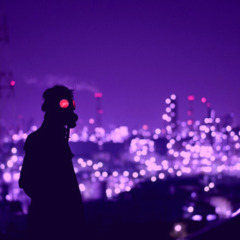Your experience with 1080p, 3k, scaling, and MacBook Pro?
-
Topics
-
SashaSanguine ·
Posted in Troubleshooting0 -
NekoTheKatze ·
Posted in Troubleshooting0 -
0
-
Jay Gee ·
Posted in Troubleshooting0 -
joe_ollie909 ·
Posted in Cooling0 -
Toasted Waffles ·
Posted in Networking0 -
6
-
aren332 ·
Posted in CPUs, Motherboards, and Memory3 -
Harry_rn ·
Posted in Troubleshooting0 -
2
-


















Create an account or sign in to comment
You need to be a member in order to leave a comment
Create an account
Sign up for a new account in our community. It's easy!
Register a new accountSign in
Already have an account? Sign in here.
Sign In Now